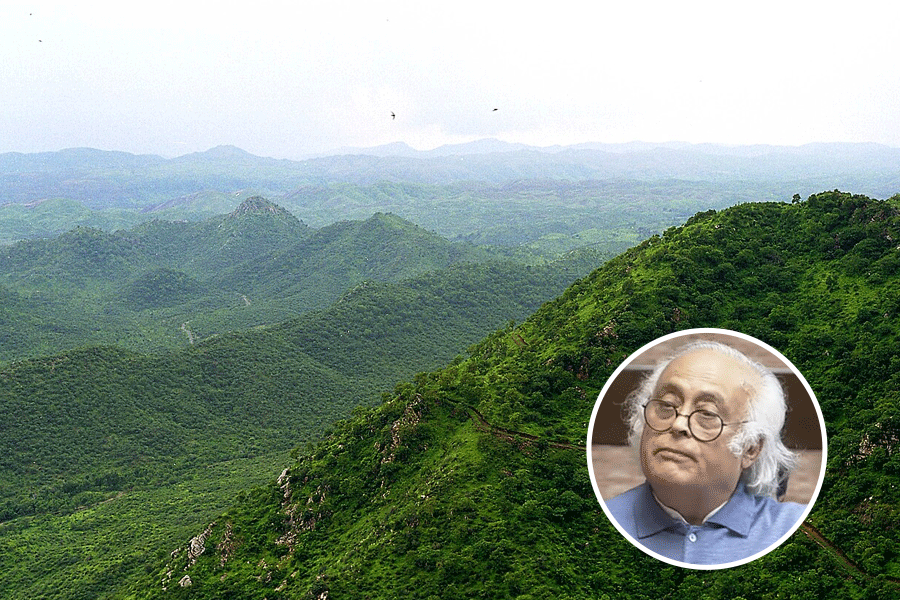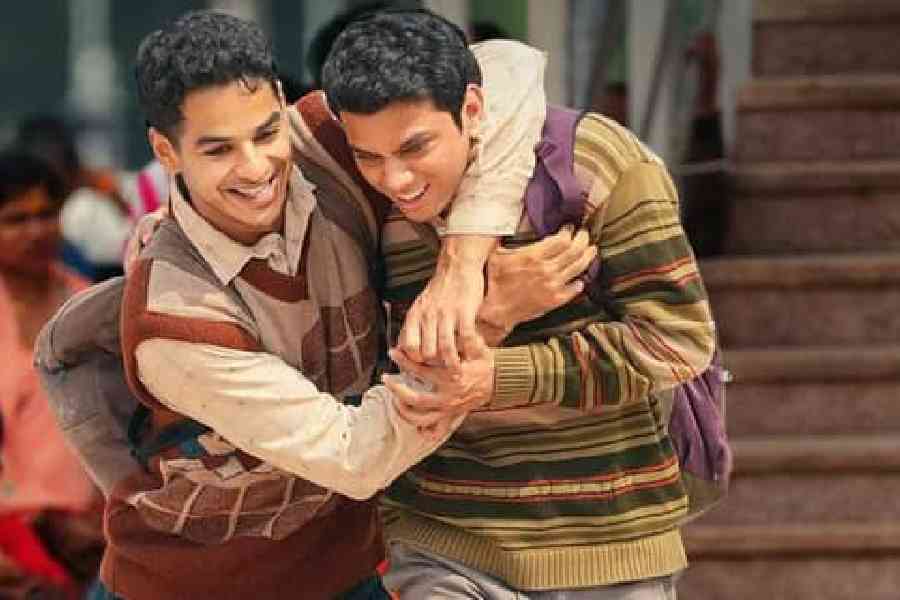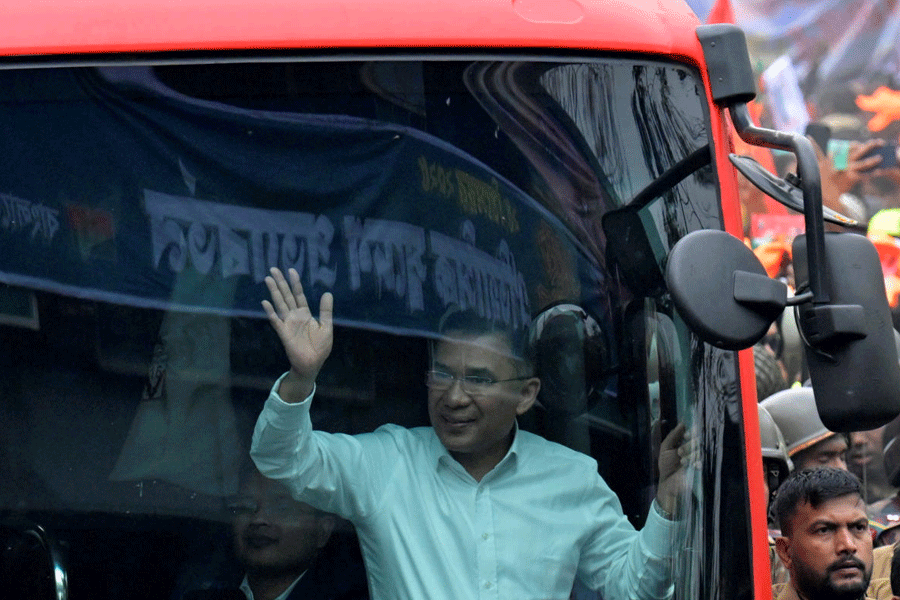Many years ago, as students of history in the university, we read about the M Maru Marakkal Samaram. This was a movement led by the women of the Nadar and Ezhava castes in princely Travancore in the 19th century, fighting for the right to cover their breasts against the humiliating rule that they had to compulsorily stay topless, a bodily marker of their lowly caste status. This horrific custom was included in an NCERT history textbook for a few years as an instance of how dress codes and social status were related.
A few years ago, sitting on an NCERT Committee, I came across an archive I had never imagined existed. It consisted of hundreds of letters from citizens, political parties, religious and caste associations and so on, from everywhere in India, protesting against exclusions of specific historical figures or taking umbrage at how community icons had been portrayed in NCERT textbooks, and demanding their alteration or deletion. I was especially astonished to find scores of angry letters, written invariably by men, demanding the deletion of the passage about Maru Marakkal Samaram on the ground that "our" women had never been so "shameless" as to move about bare-breasted. Ironically, what I thought to be a historic marker of caste oppression against the most downtrodden of Dalits was sought to be erased by the oppressed groups themselves who were trying, retrospectively, to assert a new control over the symbology of the female body. This gave me a new insight into the workings of Indian democracy by affording a peep into both how `Bharat aspired to grab tiny pieces of real estate on the pages of India s school textbooks and how patriarchy s desire to hegemonise sexual politics turned out to be enduring and powerful enough to trump memories of the worst forms of caste oppression.
In social science literature, we often come across the phrase, 'blinkered view of history', meaning, in a broad sense, a narrative that (often deliberately) leaves out, sidelines, or erases some important categories, or specific segments. In the wake of International Women s Day, it occurs to me to wonder if the record of achievements of women in India -- or at least some of it -- has fallen through the trapdoors of history, as it were. In other words, has our `blinkered vision passed women by, whether in terms of global surveys or those of Indian scholarship? The Oxford Encyclopedia of Women in World History (2008), a four-volume comprehensive survey edited by Bonnie G. Smith, might be a good place to start. The tome contains both broad themes and biographies, and 54 Indian women have been given individual entries to its pages. Apart from the mythological Sita, 11 historical figures from ancient and medieval India feature in the volume. Without in any way detracting from their remarkable achievements, it seems intriguing that no fewer than nine of them -- Maitreyi, Sultana Raziya, Muktabai, Jodhabai, Gulbadan Begum, Nur Jahan, Roshenara Begum, Mata Gujri and Mata Sundari -- were wives, daughters, or sisters of powerful and influential men, including sultans and emperors, gurus, founder-saints, and sages. Only two from this list -- the 12th-century Kannada poet, Akka Mahadevi, and the 17th-century Bhakti poet from Maharashtra, Bahinabai -- defied taboos and transcended conventions of domesticity and caste rather single-handedly, or at least without much support. But have we recognised them enough? Forty-two more women in the list cover `modern India , a motley bunch of writers, social and educational reformers, politicians, artists, physicians and the like. It goes without saying that all of them defied incredible odds. But in doing so, several of them, again, had the support of parents or step-parents, husbands, mentors, wealth, family ties, relatively conducive social surroundings and so on. To cite random examples, Rukhmabai received help from her stepfather, among many others, in contesting her husband in a "restitution of conjugal rights" case in the mid-1880s, going on to become the key figure behind the Age of Consent Act of 1891. Kashibai Kanitkar, in her attempt to turn from an uneducated woman to one of Maharashtra's major novelists, found in her husband an able ally. Even the fiery Begum Rokeya Sakhawat Hossain, a pioneering figure of women's liberation in Bengal and India, owed not a little to her elder brother and husband.
But there were also the mavericks who were largely on their own while scything through, or chipping away at, entrenched structures of patriarchal power and social censure. Like Rassundari Debi in Bengal, who overcame illiteracy by secretly teaching herself to not only read and write but to also write, in 1868, Aamr Jiban (My Life), the first full-length autobiography in the Bengali language. Or Haimabati Sen, who defied a sexually abusive husband as a child bride, early widowhood, homelessness, and penury to enrol for medical education and go on to become a doctor. Or the most famous actress of the Calcutta public stage in the 19th century, Binodini Dasi -- the daughter of a prostitute and the forced mistress of multiple patrons who funded her theatre -- who wrote an autobiography that was no less than an indictment of patriarchal society.
And then there are others whom such anthologies pass by, or who don't get enough attention in even our own tradition, like Atukuri Molla, the 16th-century Telugu poet, and her near-contemporary, the Bengali poet, Chandrabati, who were the very first women to retell the Ramayana in their regional languages. Their projects upset well-set apple carts. Molla, a low-caste woman, defied Brahmin court poets by writing a classical Ramayana. Chandrabati composed one that turned the narrative of masculine heroism upside down by telling only the story of Sita and critiquing Rama from a woman's point of view. But these real-life wonder women lie largely hidden behind the veil of oblivion, while vamped-up, cardboard versions of legendary as well as historical women-figures thrive on the silver screen.
While thinking about Binodini Dasi and her remarkable autobiography, it occurs to me to wonder about how far India has advanced in terms of accepting women traditionally described as 'fallen'. We shouldn't forget that Mahatma Gandhi, Binodini's near-contemporary, refused to accept a donation from sex workers to the nationalist movement though, as the progenitor of 'char ana' membership for the Congress, he popularised the idea that no contribution to that cause was too small.
Recently on Goodreads, the internet forum for book lovers, I came across a list of 179 books clubbed together as "Sex Worker Memoirs" -- professedly "first person, true stories by people with experiences in the sex trades." The only entry from India was a slim book with a simple title, The Autobiography of a Sex Worker, written by Nalini Jameela, and translated from the original Malayalam. The author's childhood was spent working in the clay mines. Subsequently, she has been a wife, mother, successful businesswoman, social activist, and sex worker at different stages of her life. This remarkable book is an account of her search for dignity, empowerment, and freedom on her own terms, told in an honest and down-to-earth style. If Binodini had displayed a self-reproach in describing herself as a `prostitute, Nalini seems remarkably straightforward and confident about the choices she has made. She may be sitting at odds with both patriarchy and feminism, but in my book, she has shown as much defiance as any of her foremothers who find mention -- or not -- in our anthologies of women's resistance.
And that's the thought I wanted to end with. To paraphrase a couple of lines from an iconic song of the modern era: `How many times must a (wo)man look up / Before (s)he can see the sky? Even more than a century after International Women's Day was inscribed into human history, the answer, my friends, isn't exactly blowin' in the wind.
Jayanta Sengupta is Director, Alipore Museum;
jsengupt@gmail.com











